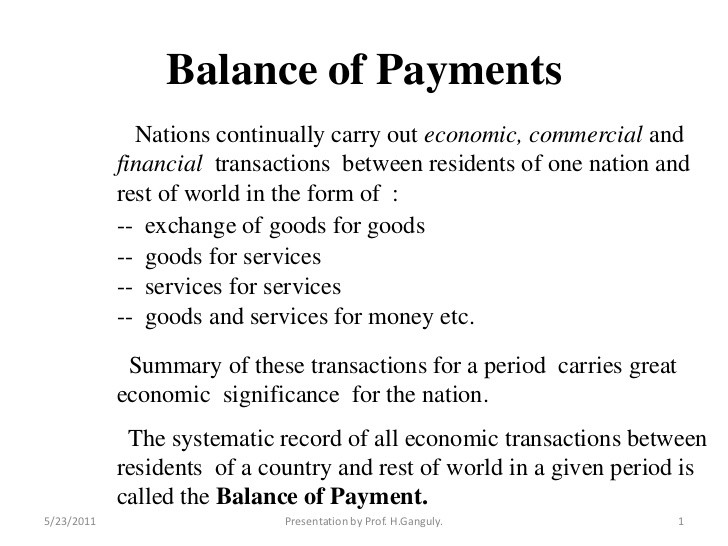Methods of Correcting Disequilibrium in Balance of Payments
Post on: 16 Август, 2015 No Comment

We have stated earlier that a country must obtain equilibrium in her balance of payments with other countries in the long run. When the balance of payments is favorable, it can be looked at with satisfaction from her point of view because the surplus will be invested abroad in securities. But if a country has deficit balance in perpetuity, it must be rectified by taking necessary steps. The days of the gold standard are gone when the balance was corrected automatically under gold standard.
An active or passive balance accompanied by an inflow or outflow of gold was normally supposed to result in an expansion or contraction of the domestic money supply, and this expansion or contraction was expected to bring about a rise or fall in the level of domestic costs and prices tending in the former case to stimulate imports and discourage exports or in the latter, to discourage imports and stimulate exports.
Gold flow, changes in the quantity of money, and changes in relative price levels, thus appeared as the principal factor in the mechanism of adjustment. But, now a days when every country is on inconvertible standard, steps are to be taken to correct the adverse balance of payments. The main methods adopted to cover a deficit in balance of payments of a country are as follows:
(i) Rectifying the Balance of Trade: One of the major items which can adversely affect the balance of payments of a country is the excess of imports over exports. In case of a deficit in the balance of payments, a country must try to stimulate exports or discourage imports or do both. The exports can be encouraged by bringing down the level of costs in the country, Of by granting bounties or by giving concessions to industrialists and exporters. Imports can be restricted either by adopting quota system or by imposing duties or by reducing people’s disposable income or by higher taxation or by a reduced government expenditure or by total prohibitions, etc.
(ii) Deflation: Deflation is another important weapon which is used to correct the unfavorable balance of payments. The currency authority may try to lower the prices by reducing the quantity of money in circulation. If the country succeeds in bringing down the prices, it then becomes a good market to buy from and a bad market to sell in. Exports are encouraged, and imports fall and thus the deficit gap is greatly reduced. This method when adopted is full of dangers. If by contracting supply of money, the prices are lowered, the rigid costs may not be brought down. Labor may oppose tire reduction in the wages. This can lead to depression and unemployment in the country which may prove very dangerous.

(iii) Devaluation: Devaluation is a remedy which is applied only in times of extreme crisis to correct the adverse balance of payments. Devaluation means the lowering of the exchange rate. This method like devaluation is adopted to cheapen exports and make imports dearer. Devaluation, thus, raises exports and lowers imports. England devalued the value of pound from 4.03 dollars to 2.80 dollars, i.e. by 30% in September, 1949 to correct disequilibrium in her balance of payments. Pakistan first devalued its currency in 1955. The advantage with this method is that there is no need to reduce the money wages and the object is achieved. The disadvantage is that it shakes the people’s confidence in home currency.
(iv) Exchange Control: Exchange control is a very effective and useful method for correcting adverse balance of payments. Under this system, the government enforces a complete monopoly of buying and selling of foreign exchange in the foreign exchange market. The exporters are required to surrender their foreign exchange at fixed rates to the central bank. The central bank then rations out this foreign exchange among the licensed importers of essential commodities only. When imports are restricted to the available foreign exchange, the problem of adverse balance of payments is then greatly solved.
(v) International Monetary Fund: Deficit in the balance of payments can also be covered by obtaining assistance from International Monetary Fund. The IMF, which began its operation in March, 1941, helps member countries in maintaining equilibrium in the balance of payments. The International Monetary Fund has proved very helpful in promoting exchange stability and facilitating the settlement of international transactions.














